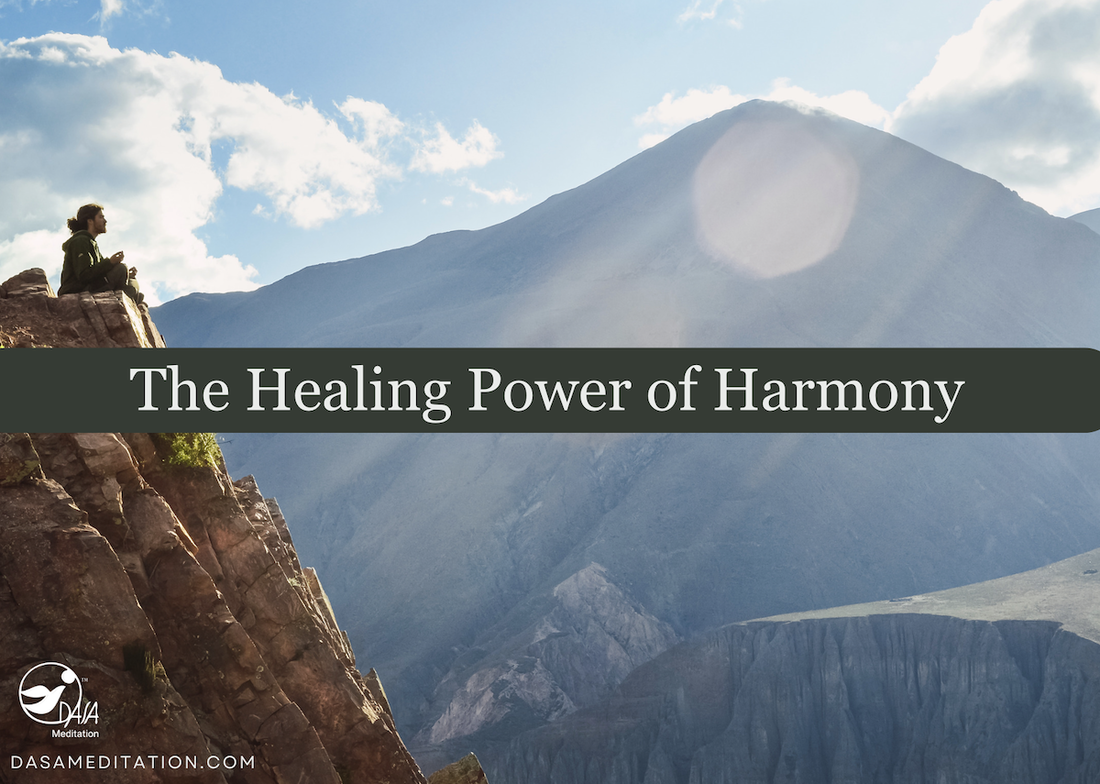By Lorraine Alexander
The Ancient Native American culture strongly believed that all things in nature embody the vital energy known as life force. Each tribe used a distinctive name to describe this magical, invisible force. In the Iroquois Nation tradition, it is known as "Orenda." This captures the spiritual, physical, and mental energy, inherent to the Iroquois people and their natural environment.
Healing begins when our internal landscape aligns with the vibration and harmony of nature.
The philosophy of nature's energy traces back to Ancient Greece and the days of Aristotle in the 4th century BC. This philosophy has expanded to be widely accepted in countries around the globe.
In India, the word for life force is "prana." In China, "chi." Germany uses "lebenskraft," and Italy names it "energia vitale." Spain calls it "fuerza de vida," and in Japan, "ki." Last but not least the Greek translation is "pneuma," also expressed as "the breath of life."
“Everything is energy and that's all there is to it."—Albert Einstein
In 1905, Albert Einstein published the equation that proved the science of vital energy.
His equation E = mc2 expresses on the most basic level, that energy and mass (or matter) are interchangeable; they are simply different forms of the same thing.
Matter can be converted to energy, and energy can be converted to matter. Einstein's equation changed the world's fundamental understanding of energy; it stands as the most famous scientific equation in history.

We've all felt nature's rejuvenation and healing effect in various ways; we relax by the ocean, take a scenic autumn bike ride, or stroll down a country path; we return feeling refreshed and balanced. Yet one of the best examples of nature's healing power is to experience the stillness of an old-growth forest. There is a feeling of the mysterious, and we often return home feeling whole, connected, and rejuvenated. We carry a fresh perspective, and everything feels good and right with the world again.
While we may not live near an old-growth forest, we can easily recreate inner stillness, healing, and feelings of harmony through nondirective meditation. Much like a day spent deep in the forest, the high-vibe rejuvenation of nondirective meditation carries with us, well into our day.
Trending styles of meditation
The world leads us to focus on recent trends. We are drawn to try every new "shiny bell and whistle." In a vast sea of meditative practices with hundreds of options, how can we possibly choose?
For simplicity, we've narrowed it down to four essential groups. These are the most popular practices, recognized by many. Each category has unique practical benefits.
A Progression of 4 Meditative Practices
- Guided audio offers light mental relaxation.
- Movement combined with focus relaxes the body and mind. Yoga and mindful walks are examples.
- Focus-based training or mindfulness aids in quieting a busy mind by redirection our attention.
- Nondirective silent-mantra meditation, practiced in silence with eyes closed, taught in person usually by a certified instructor. This form offers deep relaxation and rejuvenation as we transcend into stillness. It effectively quiets internal mind chatter and encourages clarity and presence by activating the "default mode network."
Frontiers Human Neuroscience, 25 February 2014
"The "default mode network" (DMN) is a group of brain regions most active when we are resting or not actively focused on a task, often associated with self-referential thinking, mind-wandering, and memory retrieval; nondirective meditation can help by potentially reducing activity in this network, allowing for a more present and focused state of mind by encouraging observation of thoughts without judgment, effectively 'quieting' the mind's internal chatter."
While mindfulness redirects our focus away from rumination, nondirective meditation effectively quiets the mind through the DMN (default mode network), which acts like a 'screensaver' for the brain.
During nondirective meditation, we become deeply relaxed. When a thought or memory arises, we notice it in passing and easily return to stillness. When the meditation ends (20 min.), the brain and body feels "refreshed and relaxed."
*Ask your mental health provider if nondirective meditation is the right choice for you.
In this tranquil space, we can experience deep silence and embark on a journey of inner peace. As we close our eyes, we find comfort in a secure, supportive environment; a "personalized mantra" gently guides us to a state of profound stillness. With consistency, nondirective meditation offers deep and restful relaxation, and rejuvenation for the body, mind, and spirit.
This form of meditation facilitates the processing of thoughts and feelings without judgment. This acceptance leads to a greater understanding of oneself and lessens anxiety.
2) Stress reduction:
Nondirective meditation helps us calm the mind and body with ease by promoting deep relaxation. Less stress can lead to a positive mindset and communication style, gaining flexibility, creativity, and a positive attitude.
3) Emotional processing:
By allowing thoughts to come and go without attachment, individuals may find it easier to process and release pent-up emotions and gain a deeper understanding leading to relief.
4) Mindful presence:
This form also fosters a present-moment awareness, helping individuals reconnect with themselves and their surroundings, which can improve emotional regulation and resilience.
5) Personal growth:
The nondirective aspect of this practice allows our insights to emerge organically, enabling self-discovery, deeper awareness, and personal growth for self-actualization.
In combination, these benefits contribute to a unique and profound state of calm and well-being, making nondirective meditation a valuable practice in a complex world.
Certified DASA instructors teach in the United States, Canada, and Japan.
Contact DASA Meditation to learn more.
🌿 Receive monthly news.
LinkedIn / Facebook
| ABOUT Lorraine Alexander first learned to meditate at the young age of 15. Her work includes publication in the Bohemian, NorthBay Biz, the US Green Building Council, the Windsor Times, Homes & Lifestyles, and the Press Democrat. She is the primary contributor for DASA Meditation's blog, and she teaches DASA Meditation in Northern California. Contact [email protected] |








 RSS Feed
RSS Feed

